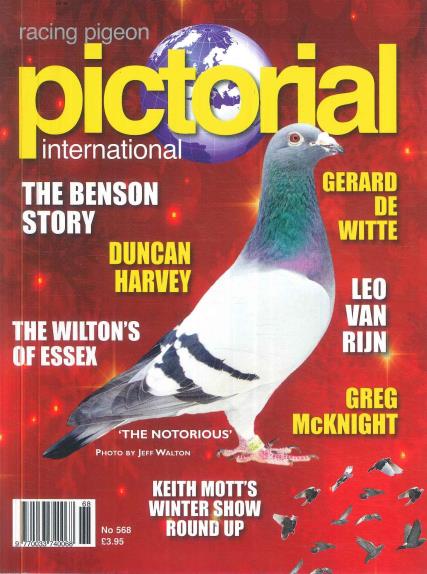
Eventually, two years before Mizer’s death in 1992, the magazine halted publication. Later, the images Physique Pictorial pioneered became more mainstream, and Hockney moved on to painting semi-nude portraits of the men in his life, like his partner Peter Schlesinger. Indeed, Hockney’s obsession with the publication was in part why he moved there in the mid-’60s-and why he continued to recreate in paintings and prints scenes from its pages. Physique was in fact America’s leading beefcake magazine, its pages populated by thousands of buff men in the nude-including Arnold Schwarzenegger-that Mizer photographed in his home in L.A. (See: his 1962 painting of two men performing oral sex on each other-with Colgate tubes standing in for phalluses.) Increasingly, Hockney’s allusions became more explicit, especially as he began paying homage to Physique Pictorial, a “fitness” publication that the photographer Bob Mizer launched in in 1951. Homosexuality was, after all, still illegal in Great Britain then, not that it stopped Hockney from testing society’s limits while still enrolled at the Royal College of Art.

The artist’s famous playful, homoerotic themes are certainly already there, but consider the time and place. From 1935 to 1939, activist and feminist Lena Madesin Phillips served as an associate editor.The famed British painter David Hockney is best known for his vividly colored portraits of life in Los Angeles-as well as, in recent years, his iPad art-which is precisely why the beginnings of his career in London in the 50’s and 60’s, as seen in the massive retrospective at New York’s Metropolitan Museum of Art, are so interesting. However, two years later, with the Great Depression causing upheaval among magazines, it ceased publication. In 1937 it merged with The Delineator, another women's magazine. In 1936, the publisher sold the magazine to its Vice President, Adman George S.

In June, 1931 it enjoyed a circulation of 2,540,000. The director of the Spanish edition was Rómulo Manuel de Mora, from Huelva ( Spain).īy the late 1920s it was one of the largest of the "women's magazines". The Spanish edition was printed a million four hundred thousand copies.

Pictorial Review was published in two languages: English and Spanish. The celebrated novel The Age of Innocence (1920), by Edith Wharton, was first published in four episodes in Pictorial Review from July-October 1920 before it appeared as a book on 25 October of that year. It symbolized the $13 capital with which he started his dress pattern business upon coming to the United States. That trademark was adopted by Ahnelt shortly after he founded Pictorial Review. On the title page of Pictorial Review, on each sheet of its letterhead, was a rococo device: a scroll with the numeral "13" and a pencil, surrounded by a wreath. The magazine was originally designed to showcase dress patterns of German immigrant William Paul Ahnelt's American Fashion Company.

The Pictorial Review was an American women's magazine published from 1899 to 1939.īased in New York, the Pictorial Review was first published in September 1899. American women's magazine Pictorial Review


 0 kommentar(er)
0 kommentar(er)
